September 28th, 2017
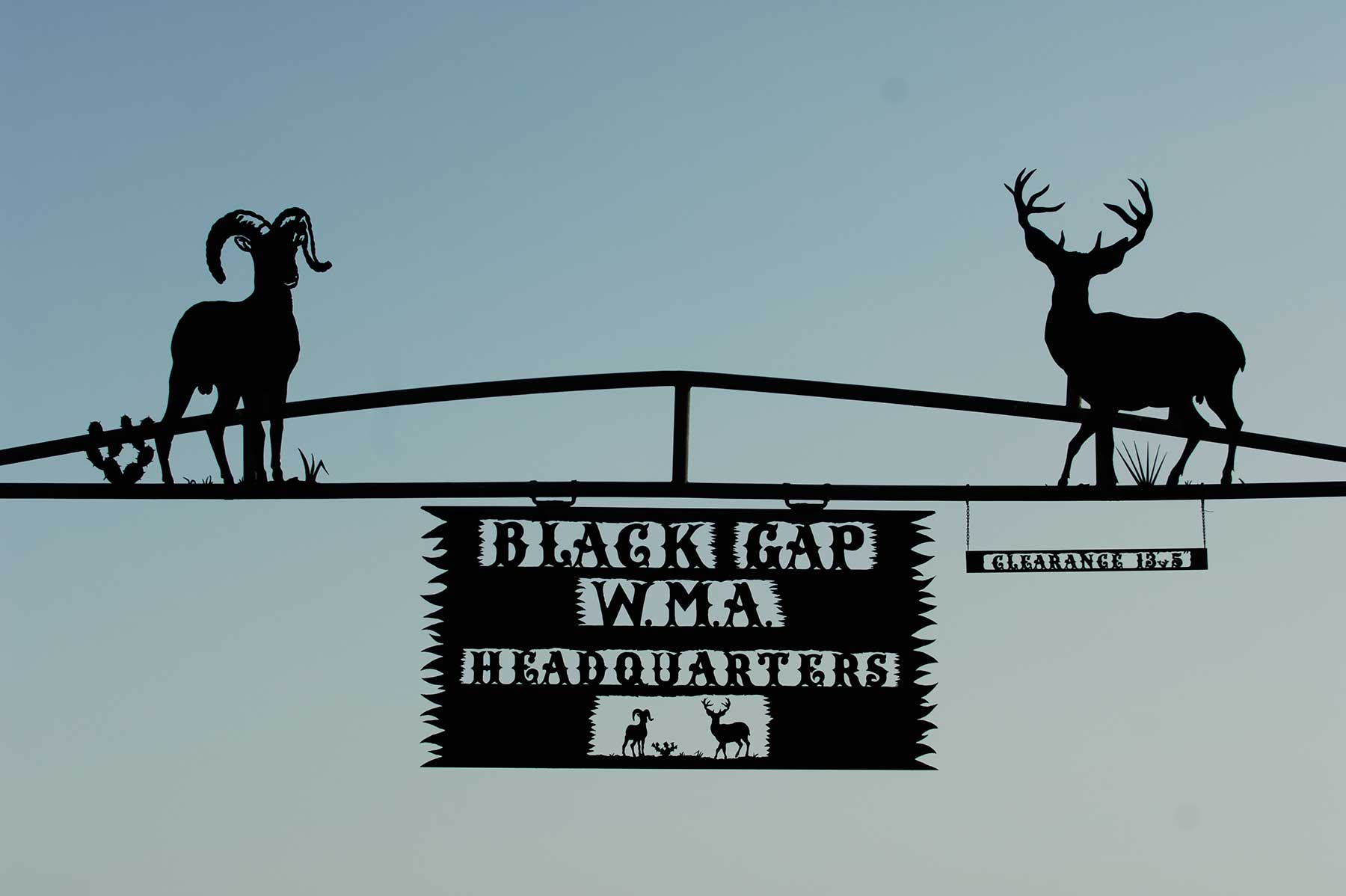
Texas Wildlife Management Areas are a training ground for landowners who wish to become better stewards of their land.
This is Passport
Texas landowners are vital to long-term statewide habitat and wildlife conservation strategies.
Something that folks really are not aware of is that the water that they drink, the air tht they breathe, the clothes they wear, and even the fuels that provide energy for their vehicles and power plants, come from private lands in Texas.
Dennis Gissell is Wildlife Management Area facilities coordinator.
Private landowners really are stewarding not only the natural habitat, but they’re providing the resources that we as humans must have to survive.
Texas Parks and Wildlife uses Wildlife Management Areas to educate landowners about conserving wildlife and habitat, including water.
When you’re dealing with either surface water or groundwater, people need to be aware that that surface water is coming through lands that are owned by private landowners, and the extent to which they manage the vegetation and the habitat there, allows that water to be filtered naturally before it arrives at a lake or a river.
Texas landowners take stewardship seriously. Gissell says he hopes this remains true as ownership changes.
The former farms and ranches that were owned by some of the original settlement families in Texas are being sold off and broken up to some degree; we call that habitat fragmentation. As landowners acquire those lands, we think it is very important that they understand the role of stewardship, and managing and conserving wildlife habitat.
The Wildlife restoration program supports our series and helps to fund the management of Texas’ 50 Wildlife Management Areas.
For Texas Parks and Wildlife…I’m Cecilia Nasti.
Posted in Conservation, Wildlife and Sport Fish Restoration Program, WMAs | Comments Off on Landowners Learn Conservation on WMAs
September 27th, 2017
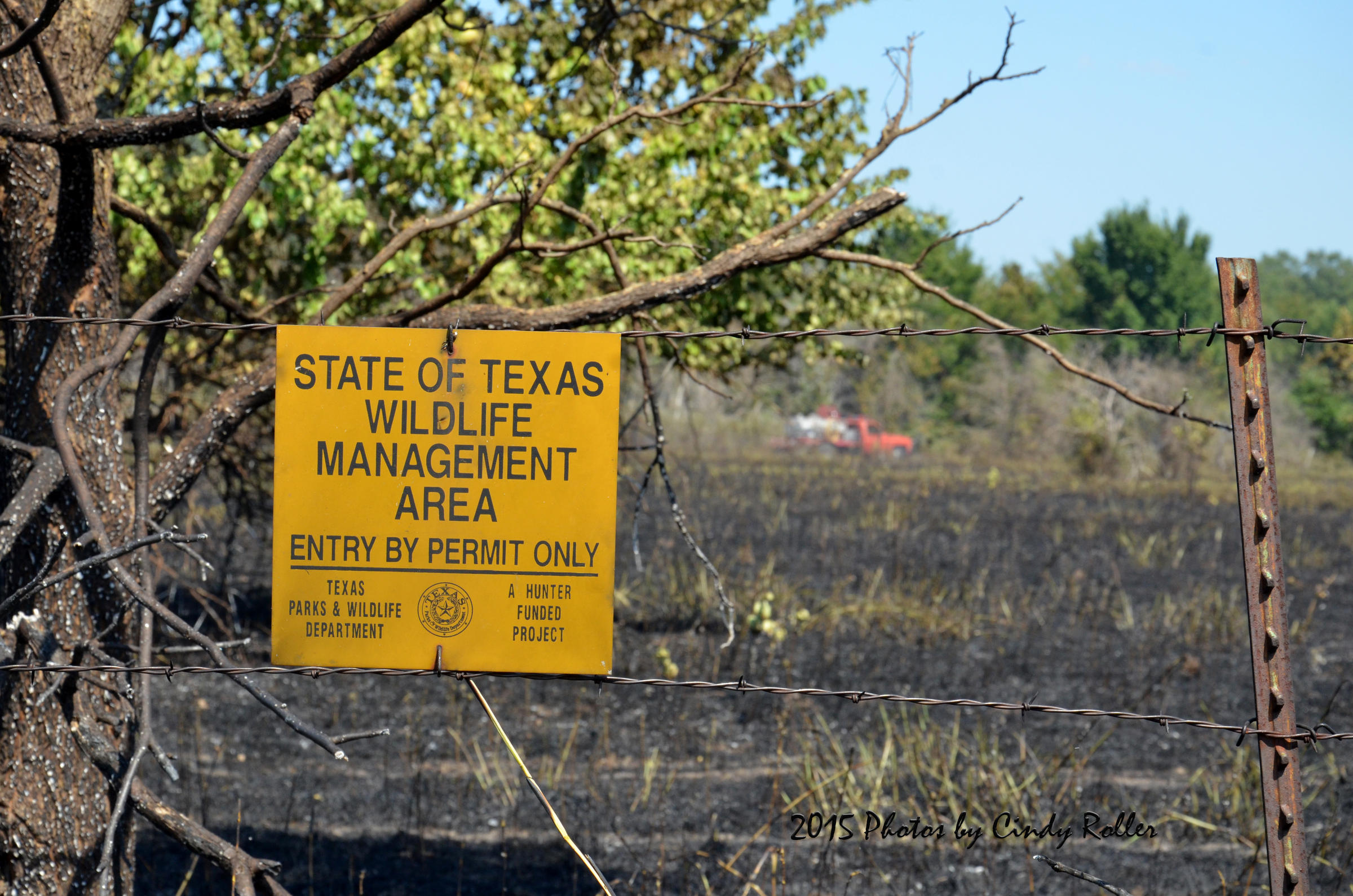
Image from: http://ketr.org
This is Passport
Texas’ fifty wildlife management areas encompass more than three-quarters of a million acres of land. They serve as living laboratories for students and professionals to develop habitat management techniques…
And [then] demonstrate those to private landowners in the area, so that they can replicate those management techniques on their own land, and help accomplish conservation in Texas.
Dennis Gissell is the Wildlife Management Area facilities coordinator for Texas Parks and Wildlife. He says we have 10 ecological regions in the state that represent different vegetation, habitat and wildlife.
Our goal is to acquire at least one WMA in each of those ecological regions so that we can study, understand and demonstrate techniques for conservation and management in each of those ecological regions to the landowners that live in those areas. We have eight right now. We just acquired three new WMAs. And, those will help achieve our goal; and we’re getting very close.
As most Texas land is privately owned, landowners are a vital piece of the conservation puzzle. Learn about The Landowner Incentive Program on the Texas Parks and Wildlife website.
The Wildlife restoration program supports our series and helps to fund the management of Texas’ 50 Wildlife Management Areas.
For Texas Parks and Wildlife…I’m Cecilia Nasti.
Posted in Wildlife and Sport Fish Restoration Program | Comments Off on Miles and Miles of Texas
September 26th, 2017
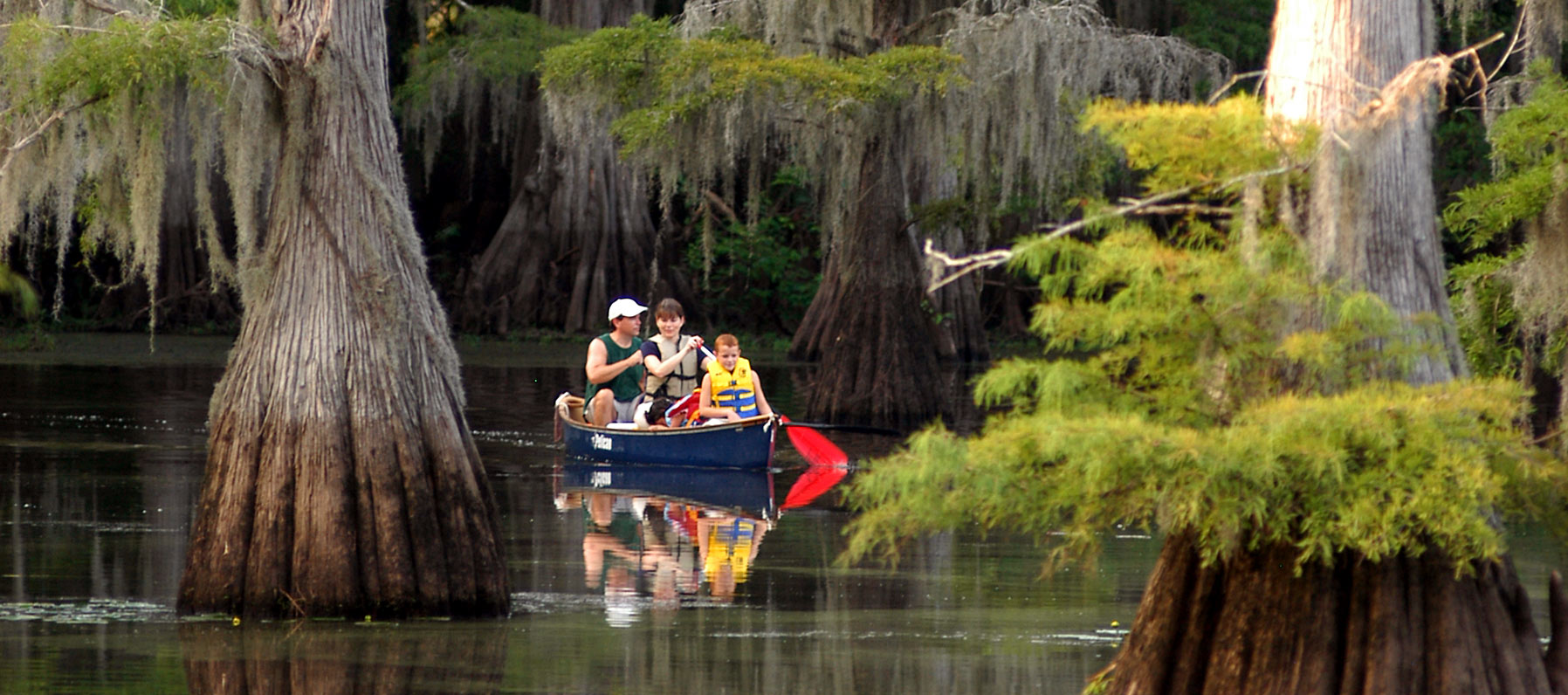
Paddling on Caddo Lake.
This is Passport to Texas
When mist cloaks Caddo Lake it’s easy to understand how the lore and legend about this east Texas water body came to pass.
Native American legend says a giant flood created Caddo Lake. Others say an earthquake was responsible.
Meanwhile, scientists believe the lake formed when floodwaters, blocked by massive log jams on the Red River, backed up into the Cypress Bayou watershed, forming the lake.
One thing that is true: Caddo Lake’s beauty. And visitors to Caddo Lake State Park/WMA not only experience nature at her most beguiling, they also have a plethora of recreational opportunities — from hiking to hunting – to choose from.
With an annual public hunting permit, hunters may harvest deer, eastern wild turkey, and quail during appropriate seasons. Licensed anglers find largemouth bass, catfish and brim plentiful in the lake.
Find more on Caddo Lake SP/WMA at passporttotexas.org.
That’s our show, made possible by the Wildlife and Sportfish Restoration program providing funding for the operations and management of more than 50 wildlife management areas.
For Texas parks and wildlife…I’m Cecilia Nasti.
Posted in Freshwater, State Parks, Wildlife and Sport Fish Restoration Program | Comments Off on Ethereal Caddo Lake WMA
September 25th, 2017
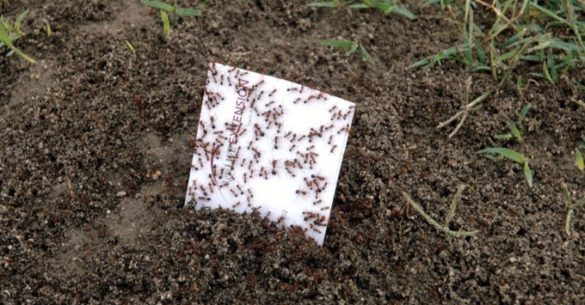
Fire ants swarming sheet of paper. Image: TAMU
This is Passport to Texas
The imported red fire ant can ruin a beautiful spring or fall day outdoors.
We typically see most activity in the spring and in the fall. It’s nice, and that’s generally when we like being outside, too, unfortunately.
Elizabeth “Wizzie” Brown, an entomologist with AgriLife Extension says researchers continue to work on ways to manage this non-native pest, which is a threat to wildlife.
We have had things that we’re working on…things like fungus, and there’s organisms that live in the fire ant body that reduce the reproductive capabilities of the fire ants. They have brought in parasitizing flies, that are called phorid flies that they use that attack the fire ants and pretty much eat them from the inside out. So we are working on it, but the fire ants are here—they’re always going to be here; these are just tools in our tool belts to help up manage those populations.
Use the Texas two-step method to combat fire ants… now through mid-October: first, broadcast an insecticide bait across your entire yard, and then treat individual mounds with an approved insecticidal drench, bait, granule or dust.
The Wildlife Restoration program supports our series.
That’s our show… For Texas Parks and Wildlife…I’m Cecilia Nasti.
Posted in Fire Ants | Comments Off on Texas Two Step Against Fire Ants
September 22nd, 2017
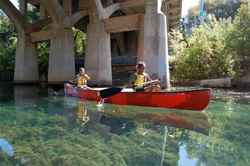
Paddling Ladybird Lake. Image: Texas River School
This is Passport to Texas Outdoor Stories
Ginger Turner enjoys paddling on Lady Bird Lake in Austin. Over the years, she says she’s witnessed her share of unusual incidents on the water.
The one that was really funny and sticks out in my head. My friend and I were paddling and we saw something swimming and we couldn’t figure out what it was. We get over there and it’s a squirrel swimming over one of the widest parts of the lake. We’re like, “let’s get closer; get closer.” So we follow him over and he ran up this tree that was leaning over in the water. As he was running up he ran smack dab into a snake that was curled up sunning on the tree. And it startled the squirrel, and it startled the snake and they both jumped about 10 ft. up in the air! And the snake plopped in the water and the squirrel we couldn’t even find. Later we heard a rustling and we saw the squirrel had made it over to the shore. But it was hilarious, it was funny. But I didn’t know that squirrels swam, but I guess they do. [laughs]
Thanks, Ginger. You never know what you might see when you get outside.
Do you have a funny or memorable Texas outdoor story to share? Go to passporttotexas.org, and let us know. We love to hear what you do outside!
That’s our show… For Texas Parks and Wildlife…I’m Cecilia Nasti.
Posted in squirrel, Texas Outdoor Stories, venomous snakes | Comments Off on Texas Outdoor Story – The Squirrel and the Snake







 Passport to Texas is a
Passport to Texas is a  Passport to Texas is made available by:
Passport to Texas is made available by: